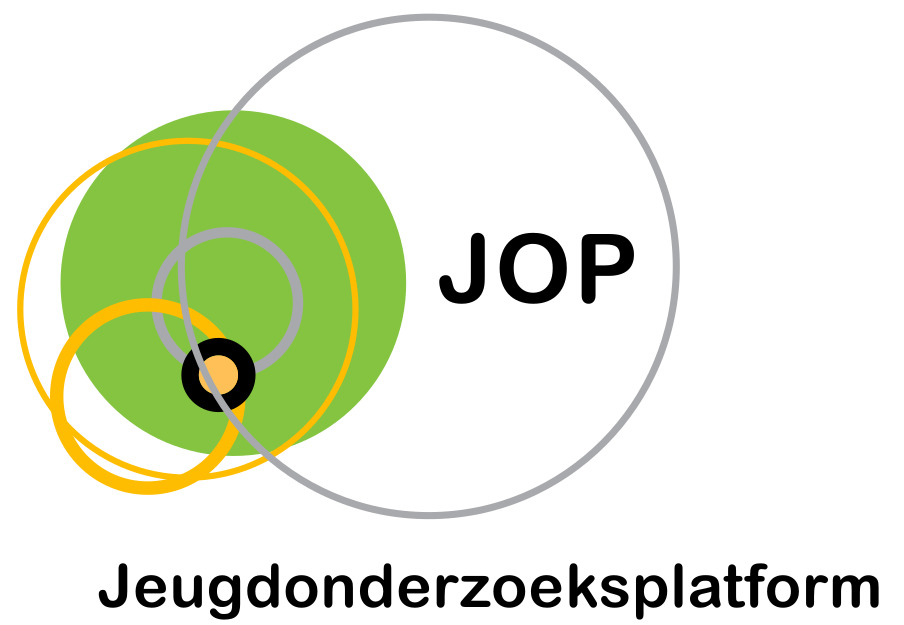Sexually explicit internet material and adolescents’ sexual performance orientation: The mediating roles of enjoyment and perceived utility.
Auteurs
Vandenbosch, L., van Oosten, J. M. F., & Peter, J. (2018).

Abstract
Er is weinig geweten over hoe blootstelling en expliciete seksueel materiaal op internet (ESMI) een invloed heeft op een prestatiegerichte oriëntatie naar seks. Gebaseerd op een drie-golven panel studie bij adolescenten (N=1022), vonden we dat blootstelling aan ESMI een seksuele prestatie-oriëntatie voorspelde tussen golf 2 en 3, maar niet tussen golf 1 en 2. Een seksuele prestatie-oriëntatie op golf 2 voorspelde de blootstelling aan ESMI bij golf 3. De relatie tussen blootstelling aan ESMI en een seksueel prestatie-oriëntatie werd verklaard door een twee-stappen mediatie model. Hoe meer adolescenten werden blootgesteld aan ESMI bij golf 1, hoe meer ze genoten van het bekijken van deze inhoud in golf 2. Dit voorspelde op zijn beurt adolescenten hun ervaren nut van ESMI bij golf 2. Tot slot voorspelde deze verhoogde ervaren nut een meer intense presatie-oriëntatie bij golf 3. Binnen dit twee-stappen model werd daarenboven steun gevonden voor een wederkerige relatie tussen het gebruik van ESMI en het plezier van ESMI en gedeeltelijke steun voor een wederkerige relatie tussen seksuele prestatieoriëntatie in golf 2 en ervaren nut van ESMI in golf 3.
Little is known about how exposure to sexually explicit Internet material (SEIM) relates to a performance-focused orientation toward sex. Based on a three-wave panel study among adolescents (N = 1,022), we found that watching SEIM predicted a sexual performance orientation from Wave (W) 2 to W3, but not from W1 to W2. A sexual performance orientation at W2 predicted adolescents’ exposure to SEIM at W3. The relationship between exposure to SEIM and a sexual performance orientation was explained by a two-step mediation model. The more adolescents were exposed to SEIM at W1, the more they enjoyed consuming this content at W2. In turn, enjoyment of SEIM (W2) predicted adolescents’ perceived utility of SEIM (W2). This increased perceived utility at W2 predicted a more intense performance orientation towards SEIM at W3. Within this two-step model, we also found full support for a reciprocal relationship between using SEIM (W1/W2/W3) and enjoyment of SEIM (W1/W2/W3) and partial support for a reciprocal relationship between sexual performance orientation (W2) and perceived utility of SEIM (W3).
Referentie
Vandenbosch, L., van Oosten, J. M. F., & Peter, J. (2018). Sexually explicit internet material and adolescents’ sexual performance orientation: The mediating roles of enjoyment and perceived utility. Media Psychology, 21(1), 50-74.
Taal
Engels
Publicatievorm
Tijdschriftartikel
ISBN – DOI
10.1080/15213269.2017.1361842
